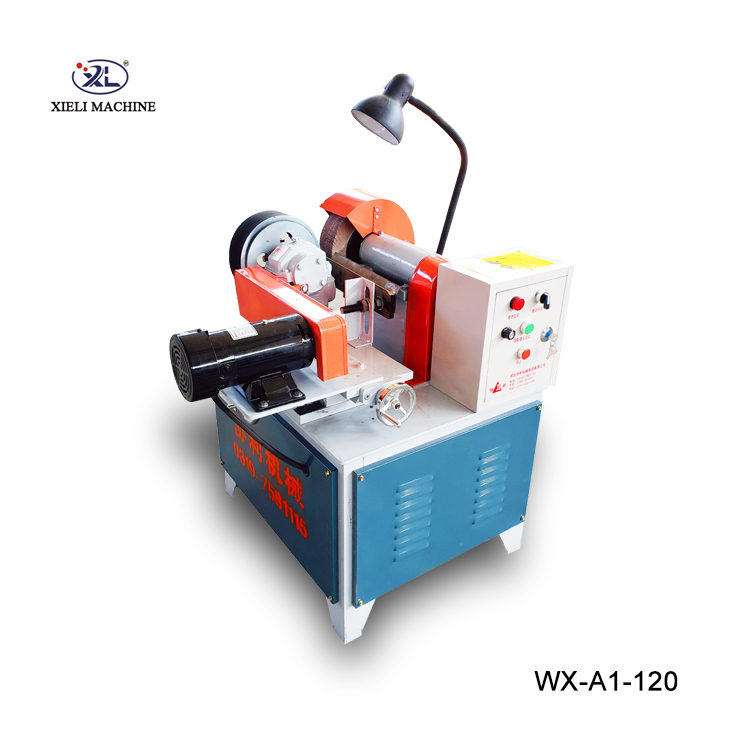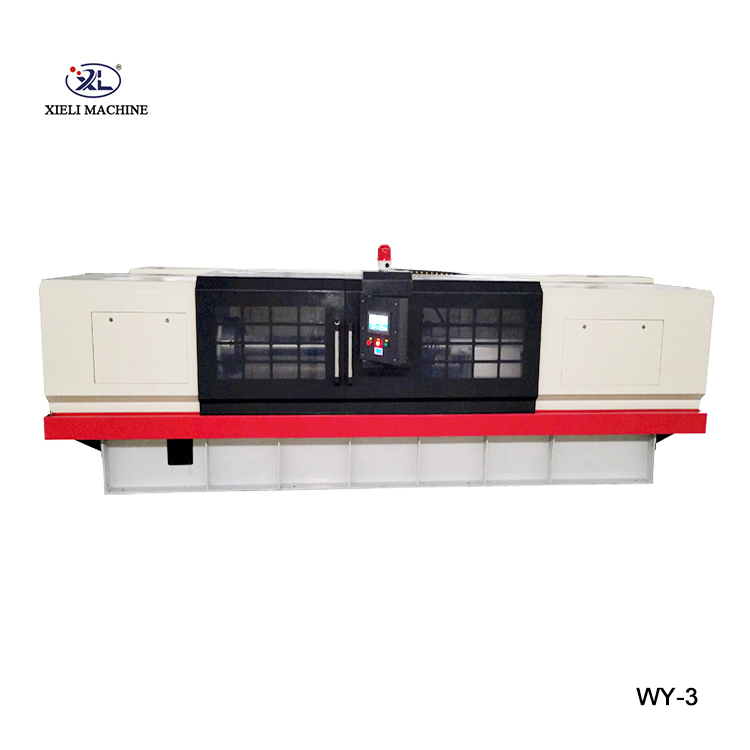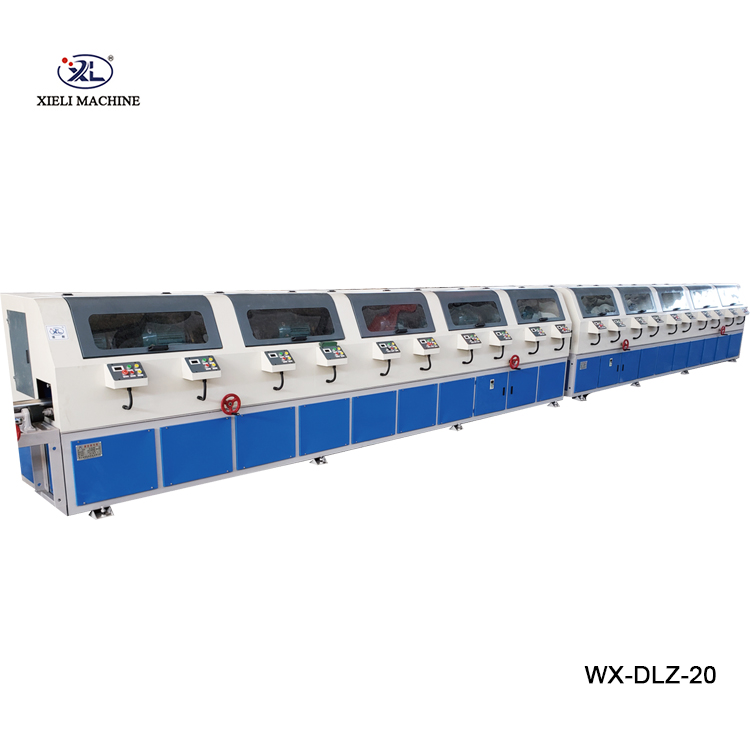Understanding Centerless Grinder Regulating Wheels An Essential Component
Centerless grinding is a versatile and efficient manufacturing process that is widely used for producing precise cylindrical components. One of the key elements that facilitate this process is the regulating wheel, which plays a pivotal role in controlling the speed and feed rate of the workpiece during grinding. In this article, we will explore the significance, types, material, and maintenance of centerless grinder regulating wheels, shedding light on their functionality and impact on the overall grinding process.
The Role of Regulating Wheels in Centerless Grinding
In a centerless grinding setup, there are typically three components involved the workpiece, the grinding wheel, and the regulating wheel. Unlike traditional grinding methods that require the workpiece to be held in place by chucks or fixtures, centerless grinding uses the combination of these three elements to achieve precise results. The regulating wheel provides the contact pressure necessary to keep the workpiece in position while also controlling its rotation and feed during the grinding process.
The design and position of the regulating wheel are crucial for achieving the desired dimensional accuracy and surface finish. As the grinding wheel rotates at high speed, the regulating wheel, which rotates at a lower speed, pushes the workpiece against the grinding wheel. This action results in material removal from the workpiece, creating a refined surface finish and improving dimensional tolerances.
Types of Regulating Wheels
There are several types of regulating wheels utilized in centerless grinding applications, and each has its distinct features and applications
1. Standard Regulating Wheels These traditional wheels offer a balanced performance for a wide range of applications. Made from various media, they provide a good combination of grip and longevity.
2. Profiled Regulating Wheels Designed for specific applications, these wheels can have various profiles to suit particular workpiece geometries. Their tailored design enables improved feed rates and precise control.
3. Rubber Regulating Wheels Often employed for grinding softer materials, rubber wheels offer excellent friction to ensure that the workpiece is firmly held during the grinding process. They also contribute to reducing vibration and improving overall finish quality.
centerless grinder regulating wheels

4. Composite Regulating Wheels These advanced wheels combine multiple materials to enhance performance characteristics. They can offer a blend of hardness, durability, and flexibility, making them suitable for diverse applications.
Materials Used in Regulating Wheels
The material composition of regulating wheels significantly affects their performance. Common materials include
- Resin-bonded Abrasives These provide a balance between hardness and flexibility, making them suitable for a variety of applications. - Ceramic Bonded Wheels Known for their ability to withstand high temperatures, ceramic wheels are often utilized for high-precision grinding tasks. - Polymer and Rubber These materials are primarily used for softer materials and offer excellent adherence properties, allowing better control of the workpiece.
Maintenance and Optimization
To ensure optimal performance from regulating wheels, regular maintenance is essential. This includes periodic inspection for wear and tear, cleaning to remove debris, and alignment checks to maintain accurate positioning relative to the grinding wheel. It’s also important to select the appropriate regulating wheel based on the specific application, taking into account factors such as workpiece material, required tolerances, and desired surface finish.
Moreover, optimizing the speed and pressure of the regulating wheel can significantly influence grinding efficiency and product quality. Adjustments should be made while monitoring the outcome to achieve the best results.
Conclusion
Centerless grinder regulating wheels are integral to achieving precision and efficiency in the grinding process. Their design, material choice, and maintenance directly impact the overall performance and quality of the finished workpiece. Understanding their function and capabilities enables manufacturers to optimize their grinding operations, ensuring that they meet the demands of modern manufacturing while maintaining strict adherence to quality standards. By investing in high-quality regulating wheels and regular maintenance practices, businesses can enhance productivity and achieve superior results in their centerless grinding applications.





